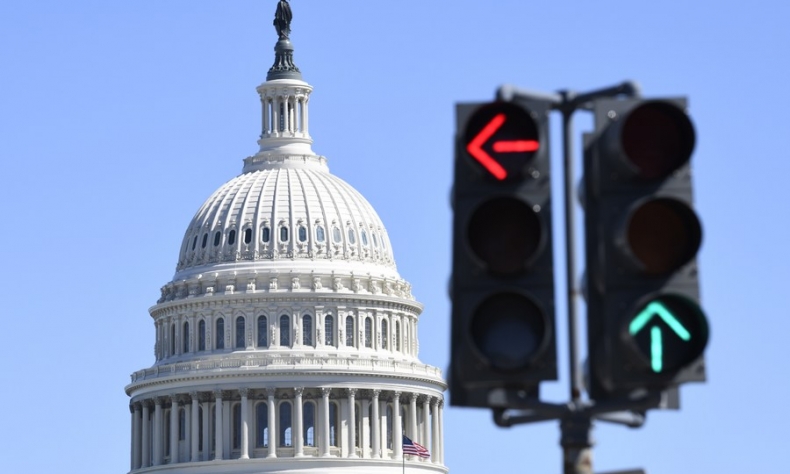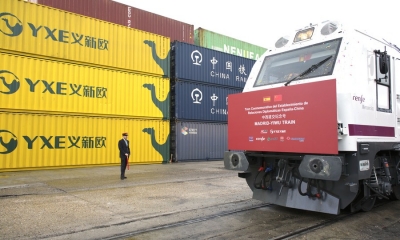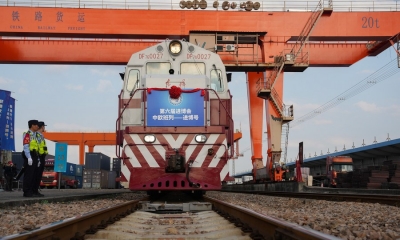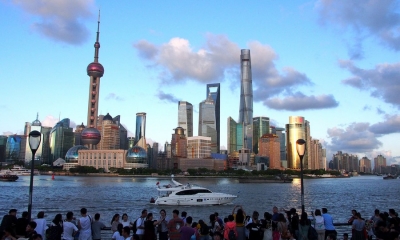US Infrastructure Drive Won’t Be as Easy as It Looks

This program may give the U.S. economy a short-term boost, yet the gridlock of Congressional politics and the inevitable wheel and deal of the system needs it ill-fated as a long-term vision “once in a generation” is quite an apt way to describe it.
Much has been made of Joe Biden’s new $2 billion infrastructure construction proposal. It’s a huge initiative to try and reboot the U.S. economy from its COVID-19 decline and to enhance American international competitiveness. But is it doable? Is it workable?
Infrastructure is undoubtedly, the pinnacle of growth, because of what it does to connect places and people, and in turn helps promote business, investment and the flow of goods, services and capital.
If there are no meaningful transport routes between two towns set hours apart, how do they trade? Build a high-speed rail and a highway connecting them, and their world is changed forever. They can now engage in trade, tourism and other professional activities. They become economically integrated. Infrastructure creates possibilities and convenience, which generates growth.
China’s investment and development in infrastructure can be taken as an example, having been a key driver of its development and growth. Over the past 50 years, China has transformed from an enormous, sparsely connected rural country into one of the most interconnected and integrated nations in the world.
It has invested in an ever-growing high-speed rail network, new airports and highways linking towns and cities, while, within settlements, alike creating new subways, internet infrastructure, business parks, hospitals and so on. China’s infrastructure has surged dramatically and overseen one of the most dramatic economic transformations in such a country of scale in history.
It is no surprise that, owing to growing American anxiety about the rise of China, politicians in Washington are now talking of infrastructure as the key to making America more competitive. Biden’s new infrastructure pledge has been dubbed a “once in a generation” opportunity to bridge its infrastructure gap and to rekindle American economic competitiveness at home.
But this won’t be as easy as it looks. What Biden is proposing is hefty, ambitious and praiseworthy. He wants to rebuild American roads and railways; he wants to invest in critical technology, internet infrastructure and renewable energy.
However, this is merely his “opening gambit.” This package is his vision, and he has to flesh it out and negotiate even with his own party in Congress, whose members will scrutinize it and demand changes based on their own constituencies and political preferences, which may also involve watering parts of it down.
Then there is the Republican opposition, who will oppose aspects of it outright and whip up domestic opposition to various elements, accusing the Democrats of overspending. It’s going to a long, fought out process. Biden can make it pass, but he won’t fulfil his vision in its entirety. Take, for example, the length of time it took for a second stimulus bill to get through Congress, and the amount of concessions that had to be made.
This ultimately means Biden’s vision to push infrastructure development is far more difficult than it looks, and easier said than done. This program may give the U.S. economy a short-term boost, yet the gridlock of Congressional politics and the inevitable wheel and deal of the system needs it ill-fated as a long-term vision “once in a generation” is quite an apt way to describe it.
 Facebook
Facebook
 Twitter
Twitter
 Linkedin
Linkedin
 Google +
Google +







